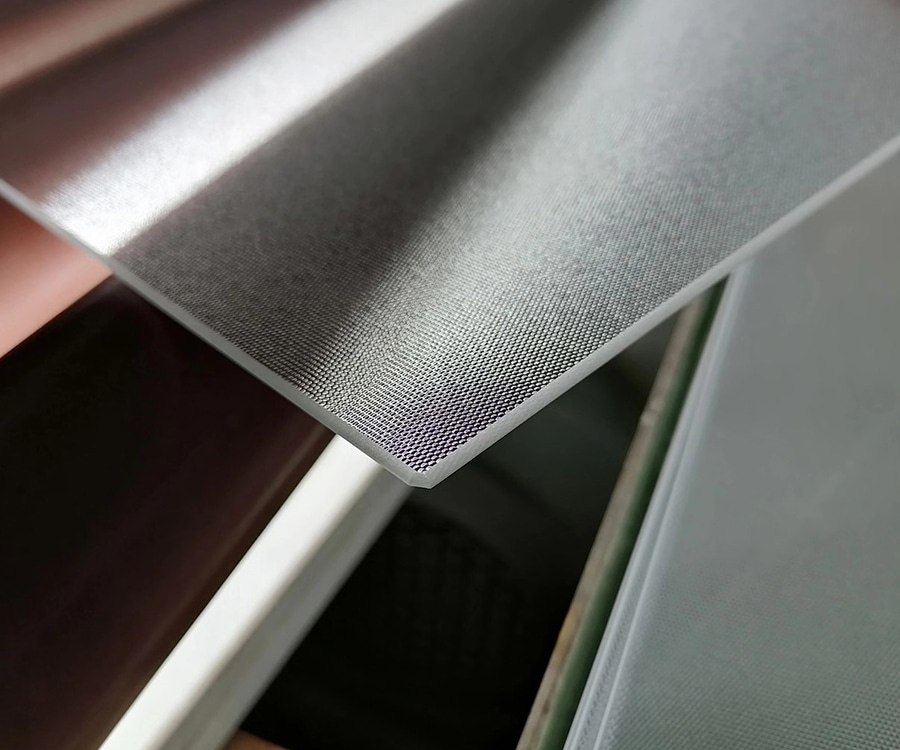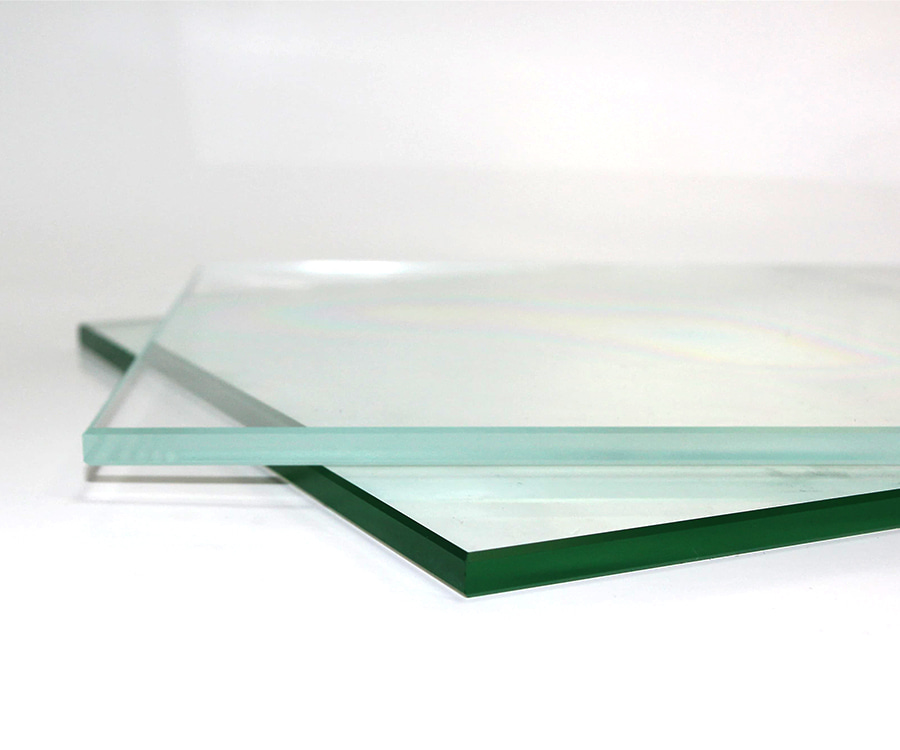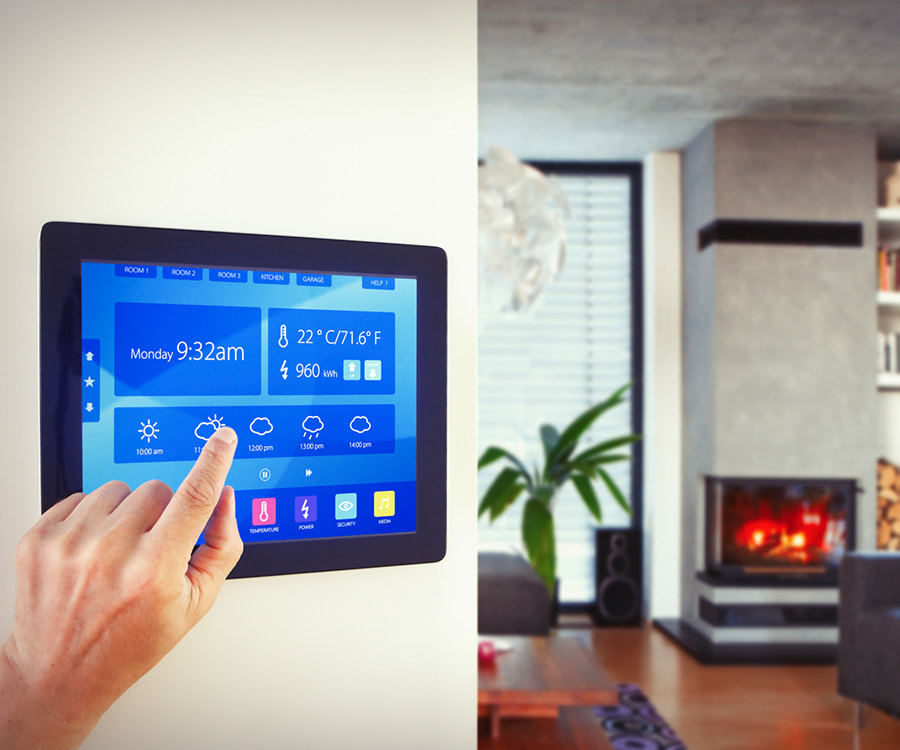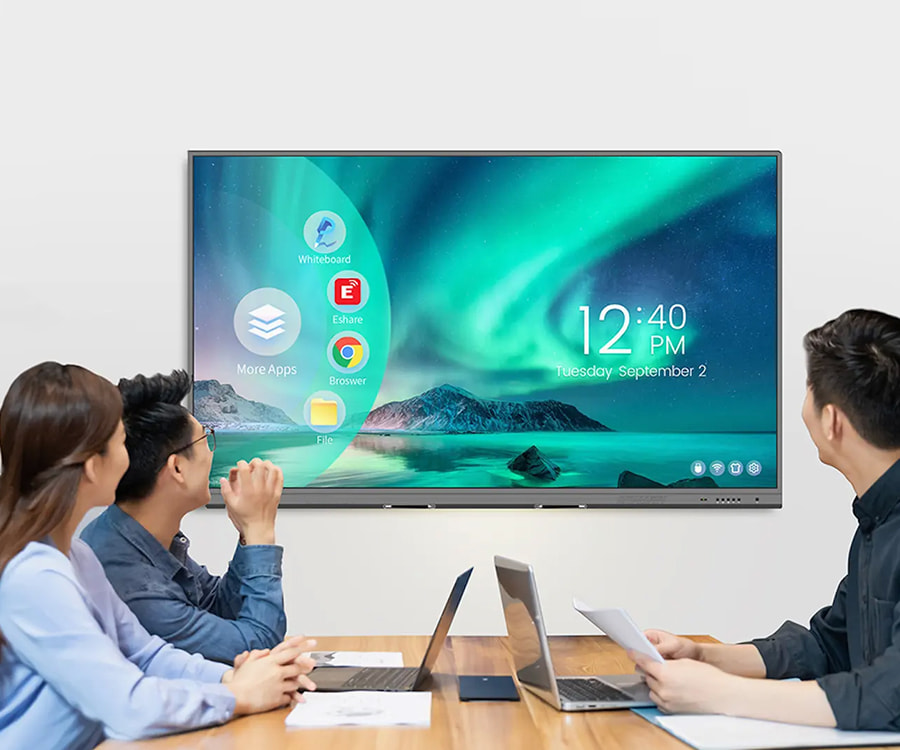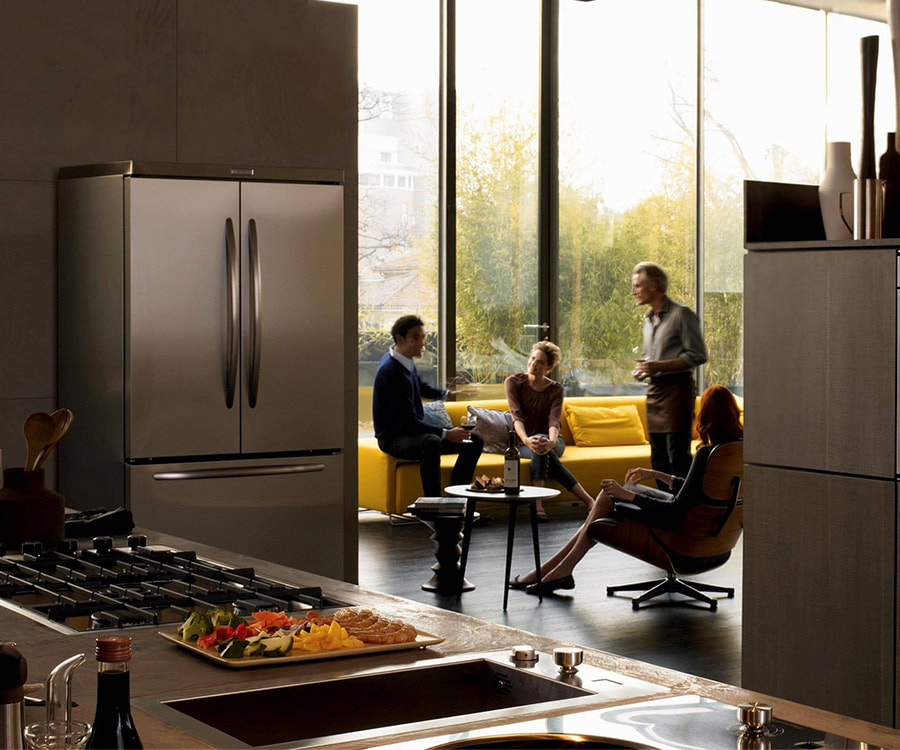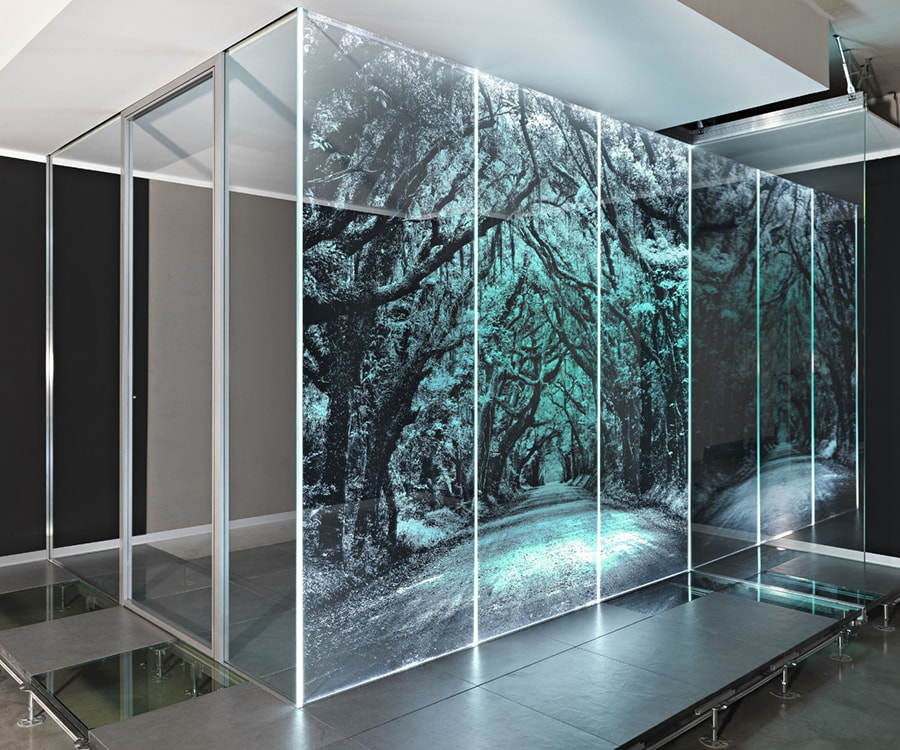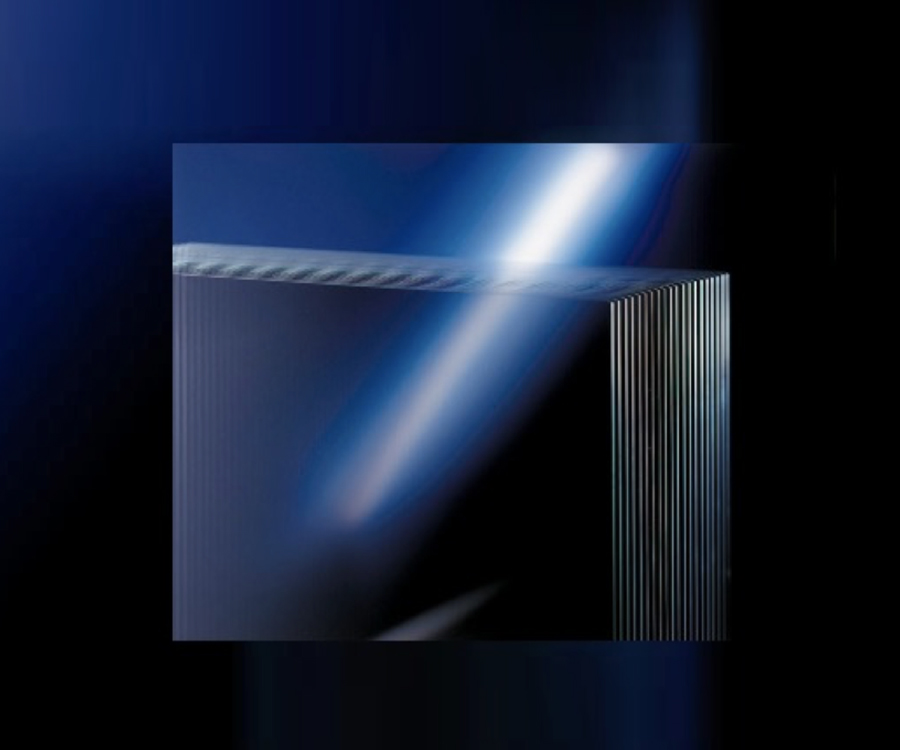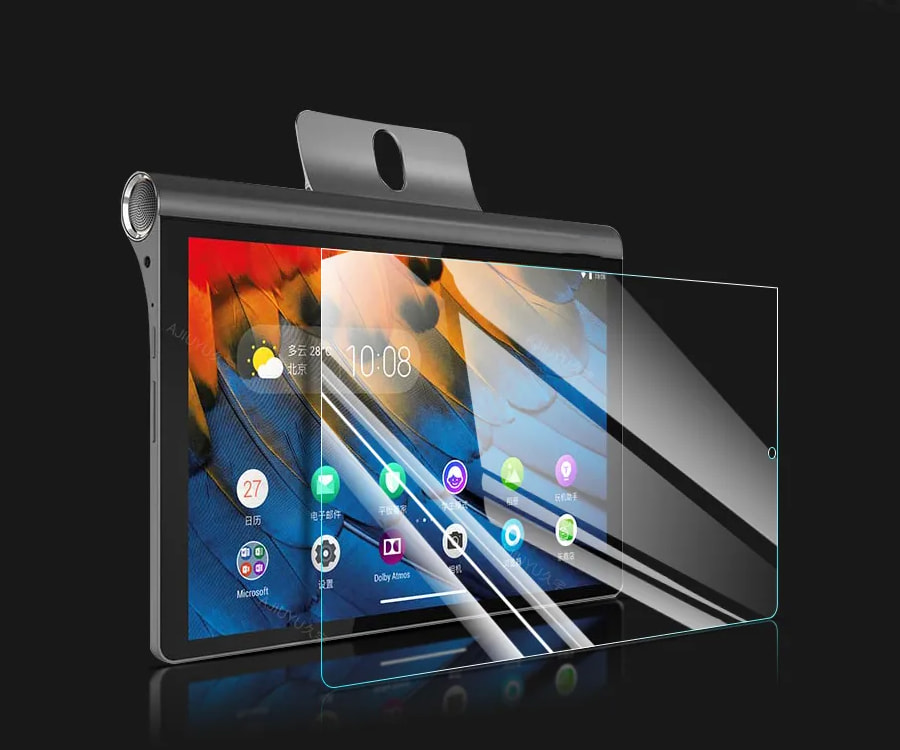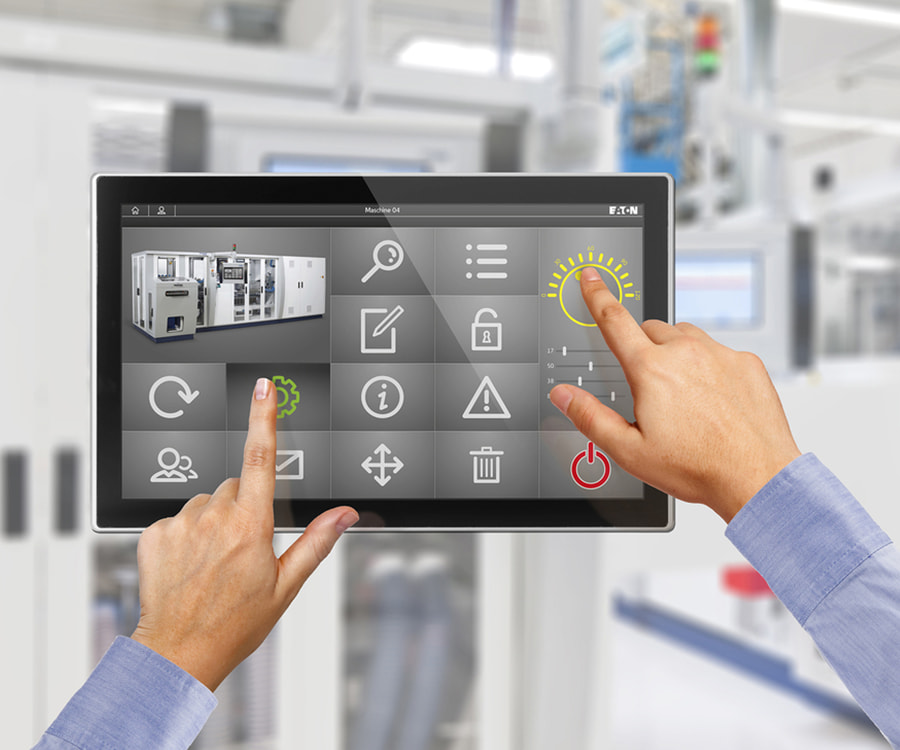The frosting process of Appliance Decorative Panel Glass mainly forms a uniform frosted layer on the glass surface by sandblasting or chemical acid etching, so that the light is scattered, thus presenting a hazy and soft matte effect. This process makes the glass opaque or translucent, delicate and anti-glare, and can effectively reduce fingerprint residue, improve the beauty and practicality of the product.
Frosted glass is suitable for modern simple and light luxury style home appliance design. It is commonly seen in scenes such as refrigerator panels, oven control areas, and range hood decorative covers. It not only maintains the high-end texture of the glass, but also adds a low-key and restrained visual effect.
The coating process uses vacuum coating or magnetron sputtering technology to deposit metal or metal oxide films on the glass surface, giving the glass a variety of appearances such as mirror, metallic luster or colored reflection. This process not only improves the decorativeness of the glass, but also enhances its scratch resistance and corrosion resistance.
Coated glass can present a variety of effects such as high gloss, matte, gradient, etc. Some coatings also have low radiation or UV protection functions. Common coating types include highly reflective mirror coating, low-key luxurious matte coating and color coating. Coating technology is widely used in high-end home appliances, such as smart water dispensers, embedded microwave ovens, etc., to meet the aesthetic needs of different consumers.
The color printing process uses screen printing, UV inkjet printing or digital glaze technology to print patterns, textures or brand logos on the glass surface to achieve highly personalized decorative effects. Screen printing has low cost, is suitable for monochrome or simple patterns, and the printing layer is wear-resistant; UV printing can present high-definition images, gradient colors and even 3D stereoscopic effects, which is suitable for complex designs; digital glaze combined with high-temperature sintering technology makes the pattern permanently attached, with excellent scratch resistance and corrosion resistance. Color-printed glass is often used for customized home appliance panels and functional area printing, which can not only improve product recognition, but also meet diverse design needs.
The tempered heating bending process heats the glass to the softening point, presses it into an arc or special shape using a mold, and then strengthens its strength through tempering, finally forming 2.5D or 3D curved glass. This process not only gives the product a streamlined aesthetic, but also greatly improves the impact resistance of the glass. After breaking, it will be blunt-angled particles, which is safer.
3D curved glass is widely used in high-end home appliances, such as curved TVs, arc-shaped refrigerator doors, and curved panels of range hoods, which can not only meet the fashionable design needs of modern homes, but also ensure the durability and safety of the products.
Laser engraving or etching technology uses high-precision lasers to engrave textures, LOGOs or functional marks on the glass surface. This process is extremely precise and can present delicate lines or hollow effects, and the engraved content is permanently attached and not easy to wear. Laser engraving is often used in functional areas of home appliances, such as the temperature scale of ovens, the control panel of coffee machines, or the logo of smart touch devices, which can not only improve the practicality of the product, but also add a sense of technology and high-end texture.
The AG anti-glare process reduces light reflection on the glass surface through chemical etching or special coating, effectively reducing glare and improving display clarity. This process is particularly suitable for home appliances with screens or touch functions, such as the touch screen of a smart refrigerator or the control panel of a microwave oven. The AG glass surface feels smooth and has excellent anti-fingerprint performance, which can provide users with a more comfortable operating experience while maintaining the visibility of the screen content in a strong light environment.
The nano-coating process gives the glass hydrophobic, oleophobic or antibacterial properties by coating nanomaterials such as titanium dioxide and fluorine silicon compounds on the surface of the glass. This coating makes the glass easy to clean, and oil and water stains are difficult to adhere to, and it can be restored to cleanliness with a light wipe.
Some antibacterial coatings can also inhibit the growth of bacteria, which is particularly suitable for kitchen appliances (such as range hood panels) or high-frequency contact appliances (such as water dispenser outlets). While maintaining its beauty, nano-coated glass greatly improves hygiene and durability, meeting the needs of modern consumers for healthy homes.



